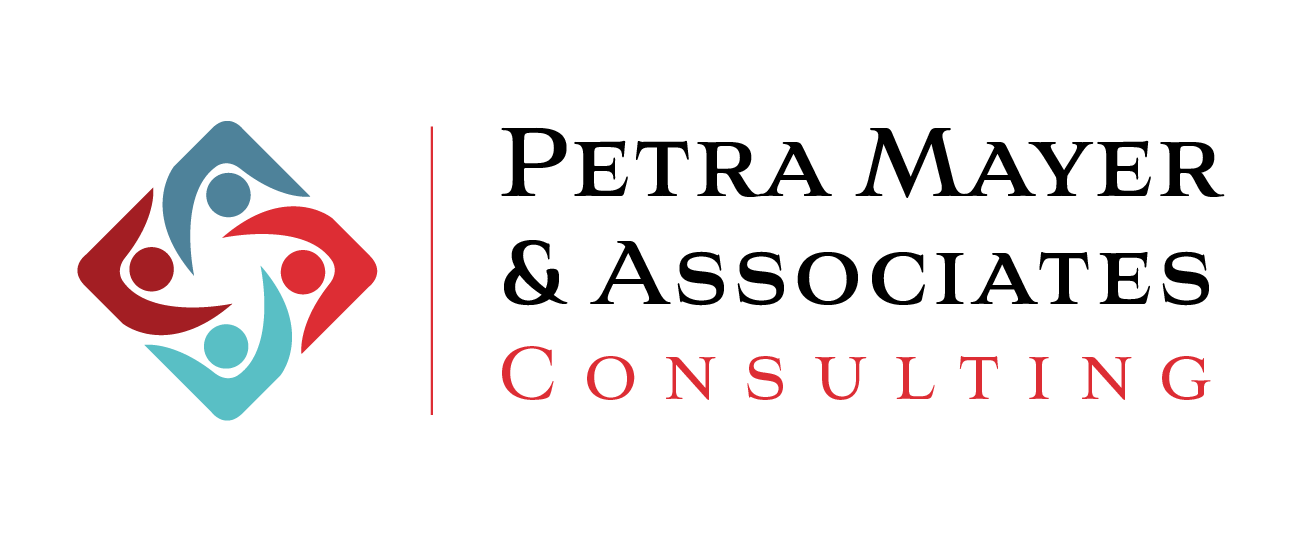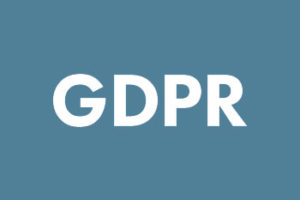Transcription:
In this eLearning case study, I will cover a certification course project for a provider of software as a service. My name is Petra Mayer, Petra Mayer Consulting and I was the E-learning consultant on this project.
The objectives
The primary goal was to design and create a certification program. This program was to be released to multiple audiences, service partners, sales partners, and independent consultants as well as to internal staff.
The overall certification program was to include multiple courses of different length. The objective was to have several courses of one to two hours length that cover the overall value and theory or specific platform features, combined with longer application courses of four hours length.
As part of the project, a review of the delivery technology was needed to find out if the existing learning management system would meet the requirements. The project had been dormant for a while and I was hired as a consultant with complex project experience to move it forward towards a solution.
Our Role in the Project
My role therefore included a wide variety of tasks. This included a benchmarking study, internal needs analysis and project documentation, syllabus for each of the seven courses that was to form the certification program, scripts, course creation of the pilot course, and the exam, plus ongoing project management and ongoing review with subject matter experts.
Challenges
Throughout the project, we dealt with a number of challenges, scope changes or concern in any complex project and this one was no different.
Partially they were triggered by the fast moving environment a technology company needs to respond to, and partially they were due to other internal reasons. For example, internal resources were not available as anticipated at the outset of the project, which led to the need to adjust the scope, leadership and team changes added to the challenges throughout the project timeframe.
We used a number of tools in the process of the development, specifically Camtasia for video editing, Articulate Storyline 2, and Storyline 360 for course authoring and Cornerstone for Salesforce as the LMS that links the data to Salesforce.
Process of this Project
The following describes the process of this project. I first conducted a benchmarking study based on two competitive certification courses that were considered as a desirable minimum standard for the certification program.
Thereafter, I conducted a needs analysis and created the project documentation, which included a project charter document and detailed requirements documentation. Thereafter, I developed the syllabus for all courses. This included each courses learning objectives, examination criteria, and a course structure for all lessons. Lessons could be video based lessons, demos, case studies, or application exercises. These syllabi formed the basis for scripting and became the main reference documents in the development of the pilot course.
After the syllabus was completed and approved for the pilot course, we scripted each lesson. We also created a design based on the corporate communication standards, which required marketing approval.
Initially, the intention was to have talking head videos, which would be edited with explanatory graphics slides as layover. As we progress through the project. This style was replaced with video based predominantly on still and animated graphics with some B roll video and only the introduction lesson was to be a talking head video.
After we had approval for scripts and design, we started creating one sample lesson recording the time it took to do the course creation. This lesson itself and the measured time informed the team on the needed time to complete the pilot course and subsequently all remaining courses and again the scope was adjusted.
E-Learning Pilot Course
Based on the adjusted course we developed the E Learning pilot course as the first course in the certification program. This course was to be completed for internal approval first.
As the pilot course was created, I created the overall course exam. Each lesson had a quiz for the learner to test the understanding of the content. This included five quiz questions and one or two interactive exercises. The exam consisted of 41 questions that were compiled, approved by the subject matter experts and then created on Articulate Storyline and tested. The questions were weighted depending on difficulty.
Given the extent it took to create the pilot course, it was decided to first launch the remainder of the courses as virtual instructor led courses. I created a development plan for these courses, so the development could start in parallel to the finalization of the E-learning course.
Standards
Going forward, we put standards in place that will help in the translation of the ILT courses into E-learning courses at a later time. The result for the E-learning course is a comprehensive, approximately two hour course consisting of seven video lessons, and two demo lessons accompanied by various downloads and an introductory video.
The introduction was a short welcome video by a senior executive. This is followed by a series of videos based on animated and still slides, screen recordings, and B roll. Animated slides were built in Articulate Storyline and set to a narration of the lesson script. They were designed to visualize the learning points and engage the learner on a deeper level. screen recordings were created to demonstrate the software platform where it made sense to give an impression of the tool.
The Outcome
This course was to provide insights into theory and value of the platform and not to teach how to use it. Therefore, screen recordings only needed to make it clear to the learner how easy the platform can be for them. We also used existing B roll. Partially this was taken from marketing videos available already, or it was B roll that we purchased for the purpose of including into the lesson to bring the topic to life.
The demo lessons mainly consisted of screen recordings of an overview of the platform with the voice narration of the script. The demos were approximately six minutes each, and also included quiz questions to test understanding.
The Learnings
There are many learnings from this project. The first one is around scope. The scope of this project changed over time. Some scope changes may not have been avoidable, but others could have been omitted. Understanding the exact scope and getting buy in from the whole team can make a big difference.
Internal resources that were assumed to be available did not end up being available at all or only with extensive delay. This impacted the project substantially. Understanding the reality behind resource availability is crucial.
The development was slower than anticipated. Switching from the initial talking head video style to a style that included sourcing B roll created a substantial amount of additional work for the development team. Working with two authoring tools added complexity as well. Ultimately, the product had to be slimmed down to make the project achievable.
An overall design had been agreed early on, however, it needed to be translated into a template for the course authoring and doing this early in the process could have eliminated review time and rework.
Overall, the project was considered a success and the client was happy with the outcome of the pilot course. The next steps are the implementation of the virtual instructor led training first, and then the transition into more E-learning courses for which they feel they are now well positioned.
Do you have a certification course and the E learning project and you are looking for a consultant that can help you navigate through the complexity of the project? Please visit petramayerconsulting.com or contact me at petra@petramayerconsulting.com

